Training Leaders for a Strong Safety Culture Part 2
In part one of this subject, we discussed that a skilled worker doesn’t always transition well into a skilled leader. Just like workers have a learning curve and require training to learn and hone their skill, crew leaders, supervisors, and foremen also need to be taught leadership skills. The following are some recommendations to prepare […]
Training Leaders for a Strong Safety Culture Part 2 Read More »











